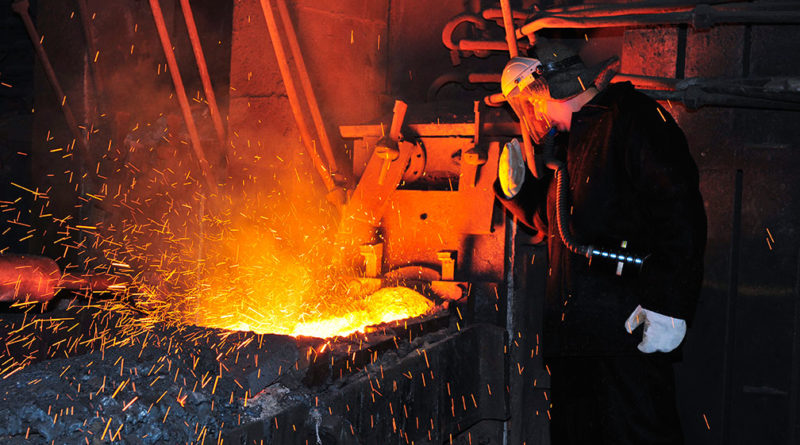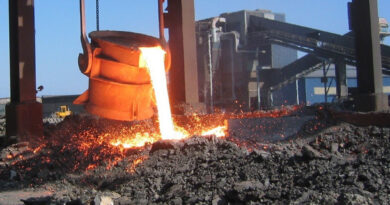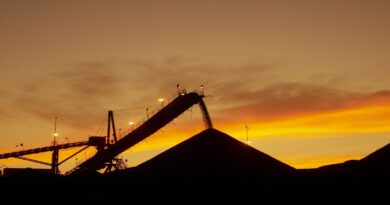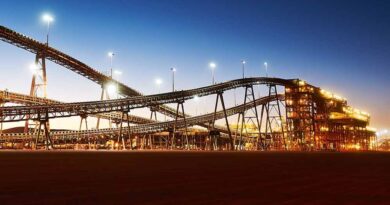Batteries remain major consumption driver for nickel
Nickel in the first half of 2020 showed a surprising resilience averaging USD 12 475 per tonne despite a rising surplus owing to the spread of COVID-19. Global demand suffered from the coronavirus-related lockdowns, while the ramp-up of Indonesian NPI was a major positive offset of the supply disruption in other regions and lower Chinese NPI.
Nornickel reported that exchange stocks increased to 263 000 tonnes by the end of June reflecting the market running a surplus.
Nickel price started this year with a nosedive falling below USD 11 000 per tonne in the end of March as the outbreak of COVID-19 that initially affected China spread into Europe and North America forcing the governments across the globe to impose social lockdowns in attempts to contain the pandemic.
In April, however, the price trend reversed as all major central banks boosted the capital markets with unprecedented liquidity injections. In May-June, the price recovery accelerated driven by markets’ increasing optimism as the lockdowns were gradually removed in Europe and the economic activity in China was rebouncing strongly.
As a result, by the end of 1H2020 nickel price returned to its pre-pandemic level of USD 12 850 per tonne, with US Dollar weakening additionally contributing to an increase of the price to above USD 14 500 per tonne by the first week of August.
In 1H2020, average LME nickel price was practically unchanged (up 1% y-o-y) at USD 12 475 per tonne. Nornickel is of a view that the quick nickel price rebound in 2Q2020 was somewhat out of touch from market fundamentals as demand disruptions owing to the COVID-19 affected materially all nickel-consuming sectors.
Apart from the stainless steel nickel consumption in China, which was down 2% y-o-y in 1H2020 (with even larger end-use demand contraction as smelters preferred to increase their inventories of finished goods rather than idle capacities), pretty much all other major stainless-producing countries, recorded a far greater decline, ranging from EMEA –down 19%, India -21%,Taiwan -11%, Japan -5% and South Korea -4%.
Non-stainless industries consumption (including specialty steels, alloys and plating) reduced over 10% y-o-y owing to the contraction of end-use demand in aerospace and oil and gas industries.
Even the battery industry that used to be the fastest growing nickel consumer in the past couple of years, decreased nickel consumption over 15% y-o-y. Dismal NEV sales in China (down 40% y-o-y) were partly offset by strong NEV sales in Europe (up 68% y-o-y) owing to stellar performance in January-February (+148% y-o-y) and recovery in May-June.
Global nickel production was also affected by the coronavirus. Over 75 000 tonnes of high-grade nickel and ferronickel supply was wiped out by COVID-related temporary shutdowns in Canada, Madagascar and South Africa, which was amplified by 35 000 tonnes of price-driven production cuts by small independent producers.
In China, NPI production was down 7% (or 20 kt) y-o-y exacerbated by ceased availability of rich Indonesian ore following the export ban. On the other hand, all these production losses have been offset positively by the rapid ramp-up of NPI capacities in Indonesia that added over 80ktof new supply (+50% y-o-y).
Nornickel estimates that nickel market surplus expanded to 80 k in 1H2020 as COVID-related demand disruptions substantially exceeded the supply losses. As a result, combined nickel inventories at LME and SHFE increased by almost 40% during 1H2020 from 188 000 tonnes to 263 000 tonnes reflecting the apparent market surplus.
NICKEL OUTLOOK – Negative in the short-term, but more constructive longer-term;
Nornickel expects copper market surplus to expand to approximately 150 kt in 2020, demand suffering a 7% pandemic-related decline. Supply is expected to be flat as the disruptions caused by COVID-19 are compensated by the rapid expansion of NPI in Indonesia. Despite the recent weakness, the battery demand will remain the major consumption driver in the next 5-10 years as the world is steadily moving towards carbon neutral economy.
Spread of COVID-19 has had a material damaging impact on the global nickel demand, which has not been yet fully realized by the market as the first-use demand usually lags the end-use demand due to extended supply lead time in major manufacturing sectors.
Nornickel expect the main end-use sectors (food & beverage contact materials, construction, process engineering, transport, electronics etc.) to contract by approximately 20% in 2020,that is considerably more than the expected decline in the first-use demand (–7% y-o-y).
Taking into account a potential forced restocking due to coronavirus, the lag in metal consumption by the end-use industries will amount to4–7 months, in our view, thus pushing the negative impact on the first-use demand to 2H2020 and further into 1Q2021.
Indonesia continues commissioning new NPI projects and is to increase its annual output by over 200 kt this year. We expect that the NPI production in China will shrink by approximately160 kt owing to the lack of ore feed, while production of other nickel forms will contract by approximately 40 kt following temporary quarantine-related shutdowns.
Therefore, assuming a 7% reduction in demand and relatively flat supply, nickel market should develop a substantial surplus of approximately 150 kt in 2020, says Nornickel.
EV auto market is showing promising signs of recovery mainly driven by the roll-out of European subsidies. Currently, the total announced capacities of all gigafactories to be opened in Europe by 2025, funded by both European and Asian investors, amount to over 400 GWh, which is equivalent to approximately 300 kt of nickel consumption.
Nornickel remains bullish on the growth prospects of the EV industry in the long run on the back of multibillion investments in the infrastructure and the average price of battery pack steadily falling towards USD 100/kWh.
Public transportation and car sharing will be heavily impacted by the COVID pandemic and, therefore, Nornickel expects an increase in private vehicles’ use. This creates a positive momentum for the auto sales and, consequently, NEVs. NEVs are better suited for everyday commuting within city environment. Overall, Nornickel reiterates its view that the long-term growth in nickel demand will primarily come from the NEV industry, although at a slower pace than previously forecasted.




